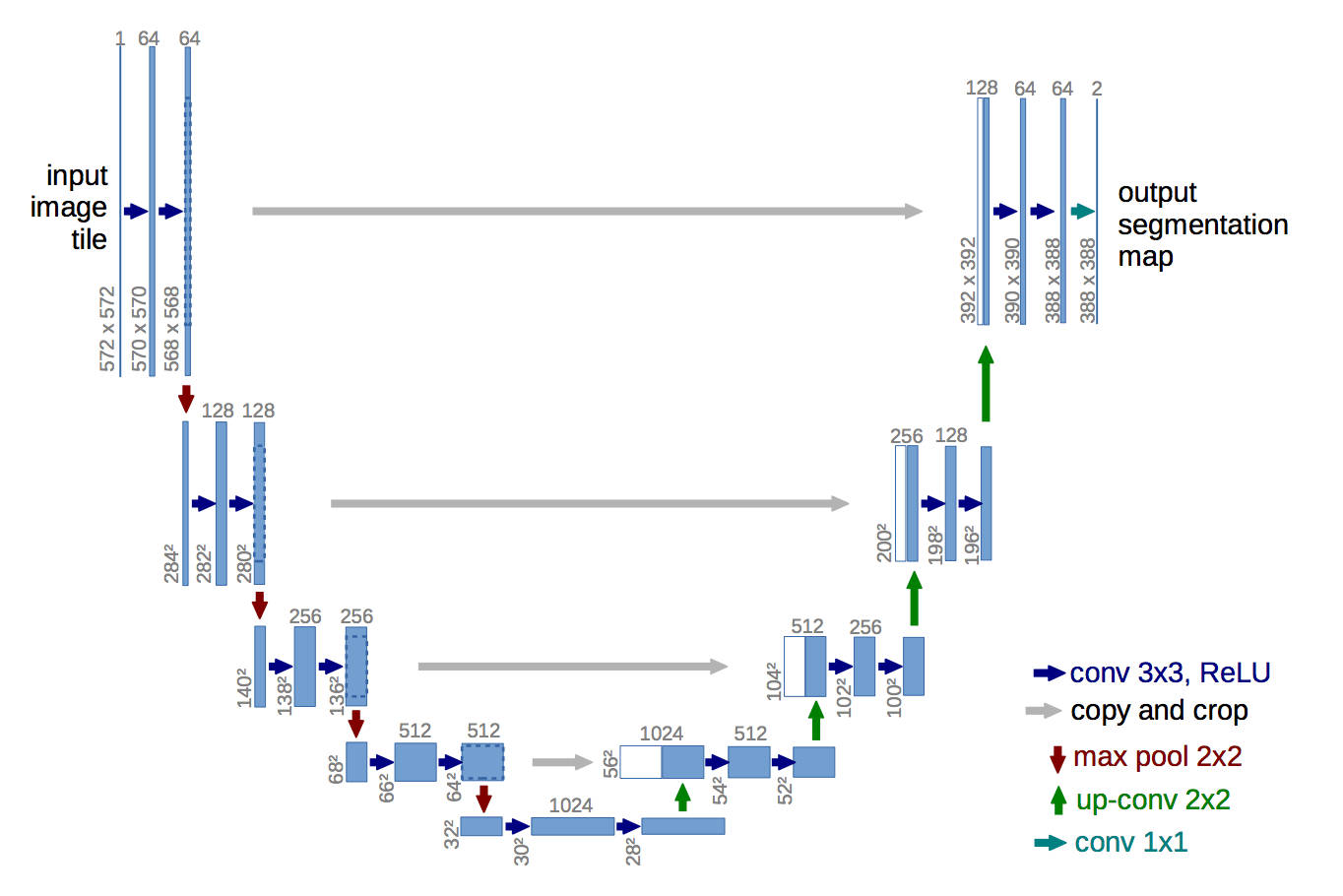PixelnetThe repository contains source code and models to use PixelNet architecture used for various pixel-level tasks. More details can be accessed at <http://www.cs.cmu.edu/~aayushb/pixelNet/>.
Stars: ✭ 194 (-15.28%)
Mutual labels: semantic-segmentation
Smoothly Blend Image PatchesUsing a U-Net for image segmentation, blending predicted patches smoothly is a must to please the human eye.
Stars: ✭ 218 (-4.8%)
Mutual labels: semantic-segmentation
Fastseg📸 PyTorch implementation of MobileNetV3 for real-time semantic segmentation, with pretrained weights & state-of-the-art performance
Stars: ✭ 202 (-11.79%)
Mutual labels: semantic-segmentation
DsrgWeakly-Supervised Semantic Segmentation Network with Deep Seeded Region Growing (CVPR 2018).
Stars: ✭ 206 (-10.04%)
Mutual labels: semantic-segmentation
FcnChainer Implementation of Fully Convolutional Networks. (Training code to reproduce the original result is available.)
Stars: ✭ 211 (-7.86%)
Mutual labels: semantic-segmentation
CgnetCGNet: A Light-weight Context Guided Network for Semantic Segmentation [IEEE Transactions on Image Processing 2020]
Stars: ✭ 186 (-18.78%)
Mutual labels: semantic-segmentation
Deep Learning In ProductionDevelop production ready deep learning code, deploy it and scale it
Stars: ✭ 216 (-5.68%)
Mutual labels: semantic-segmentation
Cagnet Zero Shot Semantic SegmentationCode for our ACMMM2020 paper "Context-aware Feature Generation for Zero-shot Semantic Segmentation".
Stars: ✭ 208 (-9.17%)
Mutual labels: semantic-segmentation
Tensorflow Deeplab LfovDeepLab-LargeFOV implemented in tensorflow
Stars: ✭ 218 (-4.8%)
Mutual labels: semantic-segmentation
Seg UncertaintyIJCAI2020 & IJCV 2020 🌇 Unsupervised Scene Adaptation with Memory Regularization in vivo
Stars: ✭ 202 (-11.79%)
Mutual labels: semantic-segmentation
Semantic Segmentation SuiteSemantic Segmentation Suite in TensorFlow. Implement, train, and test new Semantic Segmentation models easily!
Stars: ✭ 2,395 (+945.85%)
Mutual labels: semantic-segmentation
Deeplabv3.pytorchPyTorch implementation of DeepLabv3
Stars: ✭ 211 (-7.86%)
Mutual labels: semantic-segmentation
Keras UnetHelper package with multiple U-Net implementations in Keras as well as useful utility tools helpful when working with image semantic segmentation tasks. This library and underlying tools come from multiple projects I performed working on semantic segmentation tasks
Stars: ✭ 196 (-14.41%)
Mutual labels: semantic-segmentation
NncfPyTorch*-based Neural Network Compression Framework for enhanced OpenVINO™ inference
Stars: ✭ 218 (-4.8%)
Mutual labels: semantic-segmentation
SarosperceptionkittiROS package for the Perception (Sensor Processing, Detection, Tracking and Evaluation) of the KITTI Vision Benchmark Suite
Stars: ✭ 193 (-15.72%)
Mutual labels: semantic-segmentation
IntradaUnsupervised Intra-domain Adaptation for Semantic Segmentation through Self-Supervision (CVPR 2020 Oral)
Stars: ✭ 211 (-7.86%)
Mutual labels: semantic-segmentation
AsisAssociatively Segmenting Instances and Semantics in Point Clouds, CVPR 2019
Stars: ✭ 228 (-0.44%)
Mutual labels: semantic-segmentation
Cylinder3dRank 1st in the leaderboard of SemanticKITTI semantic segmentation (both single-scan and multi-scan) (Nov. 2020) (CVPR2021 Oral)
Stars: ✭ 221 (-3.49%)
Mutual labels: semantic-segmentation
LightnetplusplusLightNet++: Boosted Light-weighted Networks for Real-time Semantic Segmentation
Stars: ✭ 218 (-4.8%)
Mutual labels: semantic-segmentation

